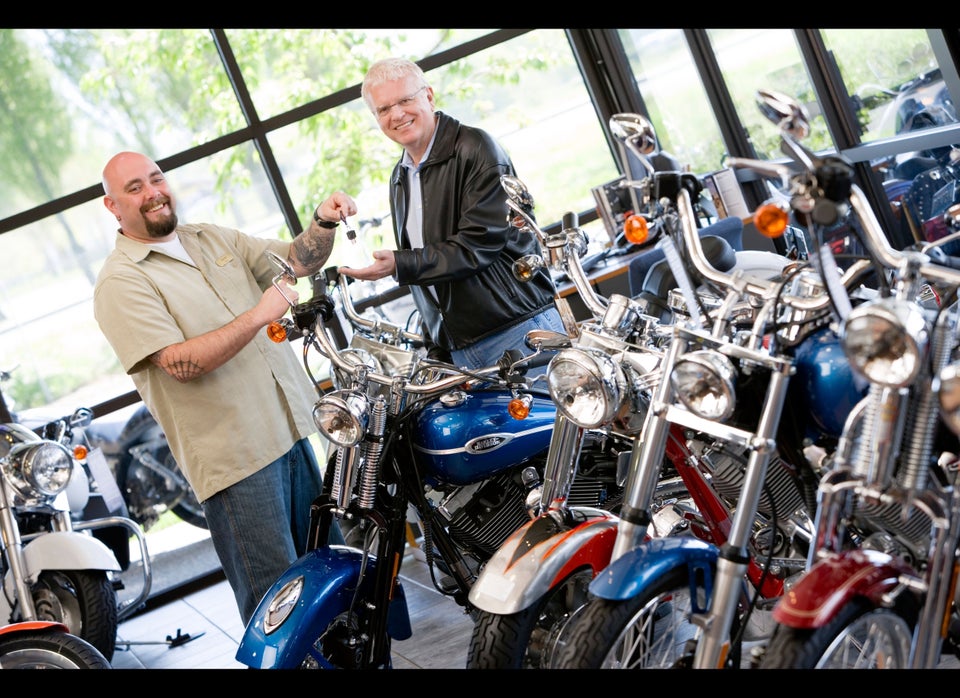I write about fashion, color, and style because I have had a love-hate relationship with it for most of my life. That's because I do not fit into any conventional category of beauty nor do I resemble any celebrity whose style sense I might be inspired by. My favorite everyday uniform is comfortable jeans and a t-shirt or sweater.
Does this mean I am hiding? Quite possibly, yes. In the past two days I've received several posts in my Facebook feed from women who follow my blog and writings. They are of all ages and of very different types. But what they have in common is that they have each been either physically or emotionally abused at some point in their lives. They also have deep issues about how they look and how to dress. They seem desperate to be given a label for what their personal style is, as if knowing that will give them the identity they lost somewhere along the way.
There also seems to be a direct correlation between the degree of obsession that these women have with how they look and the severity of their personal histories of abuse. My younger readers who are out there looking for love (apparently in all the wrong places) write shockingly candid posts about destructive relationships with husbands, boyfriends, and men they've met through dating sites. I feel almost like a voyeur following their travails as they choose the same kind of partners repeatedly and experience the same results. They don't ask for my advice, and it's a good thing because I wouldn't be very tactful I'm afraid. ("Just stop!")
I'm not the first person to write about the relationship between what a woman wears and her identity confusion. The "textbook" on that (Open and Clothed by Andrea Siegel) was already written and beautifully so. Abuse, emotional or physical, warps our sense of self. Our cultural norms don't help. From childhood we are taught the advantages of being beautiful but told that we must not express our sexuality lest we become the targets of sexual assault. We are told to be strong and that strength will make us confident and safe. But at what cost? The very qualities that give us power as women --our sensuality, our emotional sensitivity and compassion -- are being lost to our fear.
I've scanned my own history for evidence of abuse. What I've discovered is that abuse doesn't have to be obvious to have a profound impact. It's insidious and it hides in our consciousness, influencing everything we do. The current national dialogue about it, distasteful as it has been, is part of our cleansing. And that's a very good thing. When things hide they can't be purified out of our minds, our hearts, and our society.
I look forward to the day when we can embrace our femininity in the way European women do: accept our attractiveness and allure through all the stages of our lives, accept the wolf whistles and the alluring looks as part of the charming dynamic of the feminine and masculine, but clearly and unequivocally reject anything that robs us of our selfhood.
Earlier on Huff/Post50:

